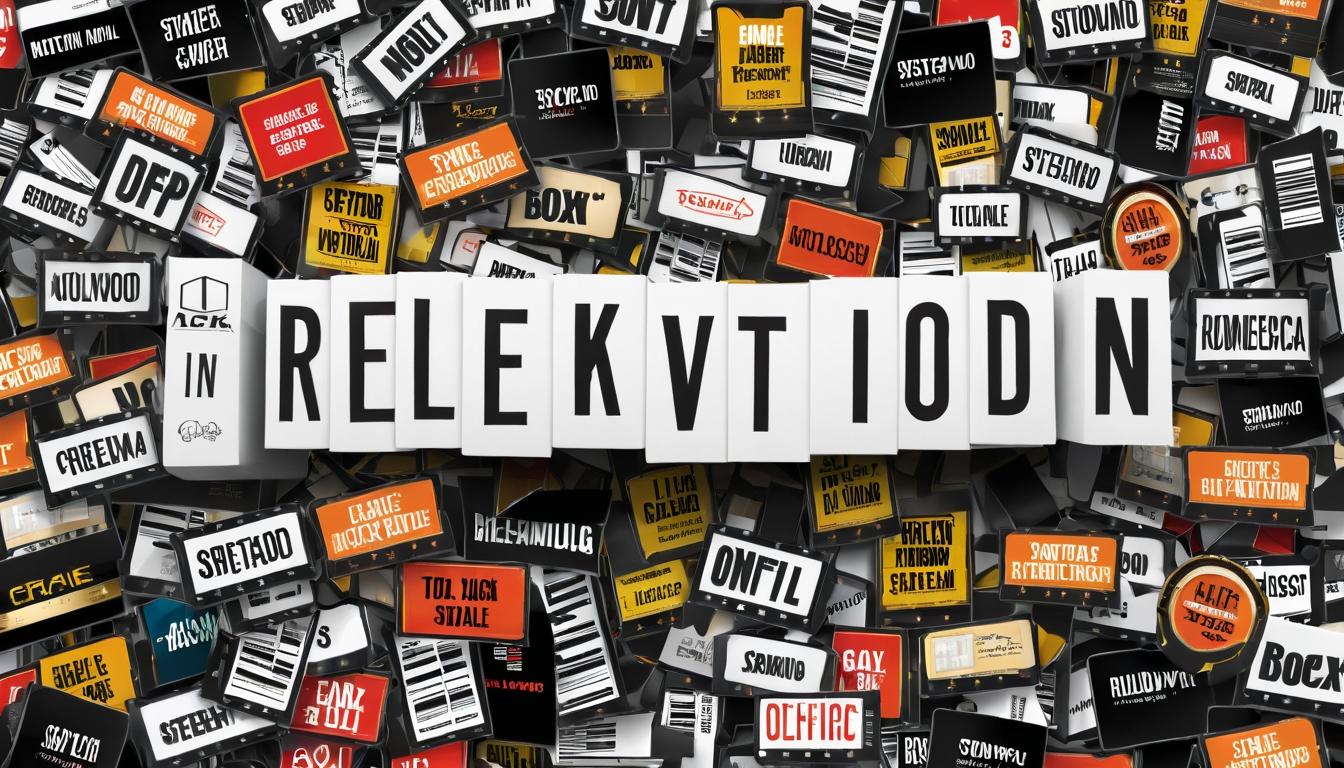The popcorn might be buttery, but the real drama in Hollywood isn't on the silver screen—it's in the boardrooms where streaming services are rewriting the rules of cinema. While audiences debate whether to subscribe to Netflix, Max, or Disney+, studio executives are engaged in a high-stakes financial chess match that's reshaping everything from production budgets to theatrical windows.
What most viewers don't realize is that the streaming revolution has created a paradoxical ecosystem where success isn't measured in box office receipts but in subscriber retention. A film can be deemed a 'smash hit' without ever playing in a single theater, its value calculated through complex algorithms that track viewer completion rates and engagement metrics. This silent shift has fundamentally altered how stories get told and which stories get greenlit.
Behind the glossy interfaces of your favorite streaming platforms lies a brutal content arms race. Studios are spending unprecedented sums—sometimes $200 million or more—on films designed primarily for small screens. The math is dizzying: when a studio invests that much in a single project, they need approximately 4 million new subscribers to break even, assuming each pays $15 monthly. This pressure explains why franchises and known IP dominate our queues while original concepts struggle for oxygen.
The theatrical experience isn't dying—it's evolving into a marketing tool. Major releases now often enjoy abbreviated cinema runs specifically to generate buzz before hitting streaming platforms. This 'dual window' strategy creates a perception of prestige around films that might otherwise get lost in the digital shuffle. Theaters have become showrooms for streaming content, a reality that would have been unthinkable a decade ago.
Data analytics now drive creative decisions in ways that would make old-school filmmakers shudder. Algorithms determine optimal runtimes, ideal pacing moments, and even which actors test well with specific demographics. This isn't about art—it's about engineering content that minimizes the chance of viewers reaching for their phones. The result? A homogenization of storytelling where risk becomes the ultimate liability.
International audiences have become the holy grail, with streaming services tailoring content for global appeal rather than American sensibilities. This explains the surge in fantasy epics and action spectacles that translate easily across languages and cultures. Quiet character studies and dialogue-driven dramas increasingly struggle to justify their budgets in this new global marketplace.
The most fascinating development might be the emergence of 'sleeper hits'—films that underperform initially but find massive audiences through algorithmic recommendations months or even years later. These delayed success stories are forcing studios to reconsider how they measure longevity, creating a new category of 'evergreen content' that continues to attract subscribers long after its release date.
What does this mean for the future of film? We're likely heading toward a tiered system where modestly budgeted original films coexist with mega-budget franchise entries. The middle ground—the $50-80 million adult drama or comedy—faces extinction unless streaming services can develop new metrics that value prestige and critical acclaim alongside raw viewership numbers.
This transformation represents the most significant upheaval in Hollywood economics since the collapse of the studio system. The players have changed from theater chains to tech giants, but the fundamental question remains: how do you monetize storytelling in an age of infinite choice? The answer is still being written, one streaming subscription at a time.
The hidden economics of Hollywood's streaming wars

